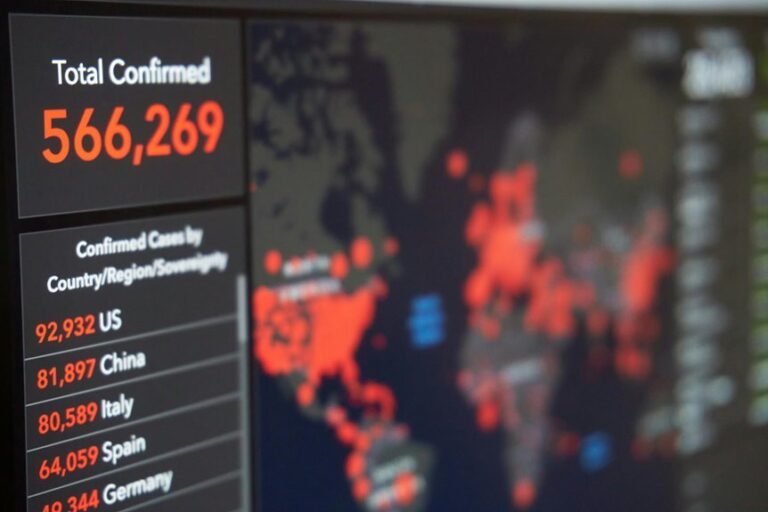1455622770 Mobile Number Analysis: Tracing Regional Calls

The analysis of the mobile number 1455622770 reveals significant insights into regional calling patterns. It serves as a case study for understanding the geographic distribution of telecommunications. By examining its structure and the associated service provider, one can uncover trends in communication preferences among different demographics. Such an exploration raises questions about the implications of these patterns on broader regional connectivity and user behavior. What do these findings suggest about the future of communication?
Understanding the Structure of Mobile Numbers
The architecture of mobile numbers reveals a systematic structure that is essential for telecommunications.
Mobile number formats adhere to established numbering plans, which dictate how numbers are organized and allocated. This structure facilitates efficient call routing and enhances user accessibility.
Geographic Insights From 1455622770
How can the analysis of mobile number 1455622770 reveal geographic insights?
By examining its number patterns, one can achieve regional identification, pinpointing the areas from which the call originates.
Such analysis underscores the importance of understanding mobile number structures, facilitating insights into regional communication trends.
This knowledge empowers individuals to navigate their networks more effectively, fostering a sense of freedom in connectivity.
Service Provider Analysis
Service provider analysis plays a crucial role in understanding the dynamics of mobile communications.
By examining service coverage and conducting provider comparisons, one can assess the strengths and weaknesses of various telecommunication companies.
Such analysis informs users about the best options available, enabling informed decisions that enhance connectivity and freedom in communication.
Ultimately, this insight fosters a more competitive market landscape.
Implications for Regional Communication Trends
As mobile number analysis reveals variations in service provider performance across different regions, it becomes evident that these disparities significantly influence communication trends.
Enhanced regional connectivity fosters distinct communication patterns, shaping user preferences and behaviors.
Understanding these implications allows stakeholders to tailor strategies that promote equitable access, ensuring that regional differences do not hinder effective communication, ultimately enhancing the freedom to connect across diverse demographics.
Conclusion
In conclusion, the analysis of the mobile number 1455622770 unveils a wealth of geographic insights and service provider affiliations, illustrating the intricate tapestry of regional communication trends. This exploration not only emphasizes the staggering diversity of user behaviors but also highlights the critical need for tailored connectivity solutions. As telecommunications continue to evolve, understanding these patterns becomes paramount, ensuring that communication strategies resonate with an increasingly dynamic and interconnected populace, shaping the future of regional interactions.





